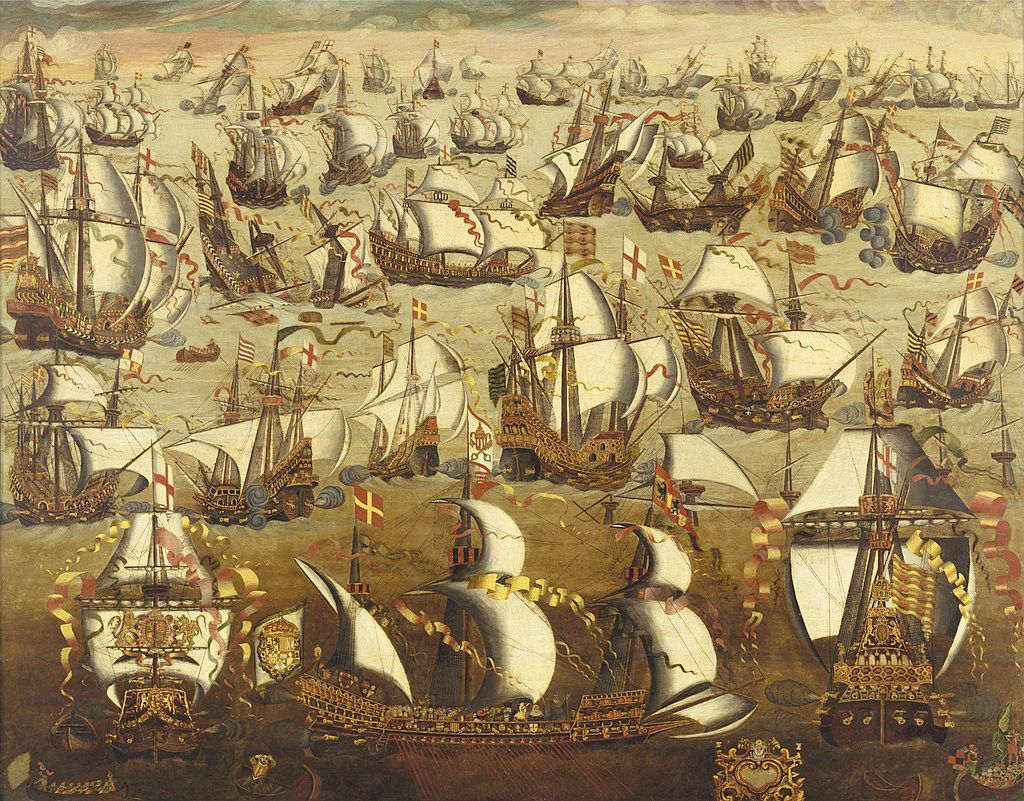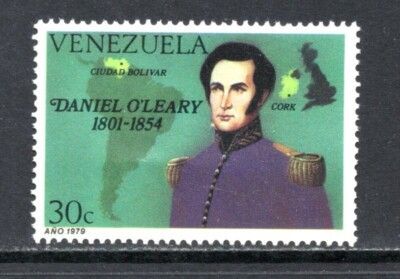This week there is a conference in Sligo that will consider and remember….the Spanish Armada.
Yes, that Armada. Think about it, but had the Armada succeeded in its mission the coronation in Westminster Abbey a few days back could well have been for King Carlos.
But, as history would have it, the Spanish Armada met an ill fate and history turned this way as opposed to that way. As it so often does on battlefields, be they on land or water. C’est la guerre.
Over a long career of wandering, and oft reporting on said wandering, I have stood on a number of battlefields. Here in the U.S. I can count Gettysburg, Fredericksburg, Antietam, Shiloh and Vicksburg in the Civil War category.
Then there’s the 1866 Fetterman Massacre in Wyoming, and the 1876 Battle of the Little Big Horn (Greasy Grass to the Sioux and Cheyenne) in Montana. A number of years ago I gazed around the town square in Bastogne, Belgium. Bastogne was in the front line of the Battle of the Bulge in the waning days of December, 1944.
The Battle of the Boyne. Painting by Jan van Huchtenburg.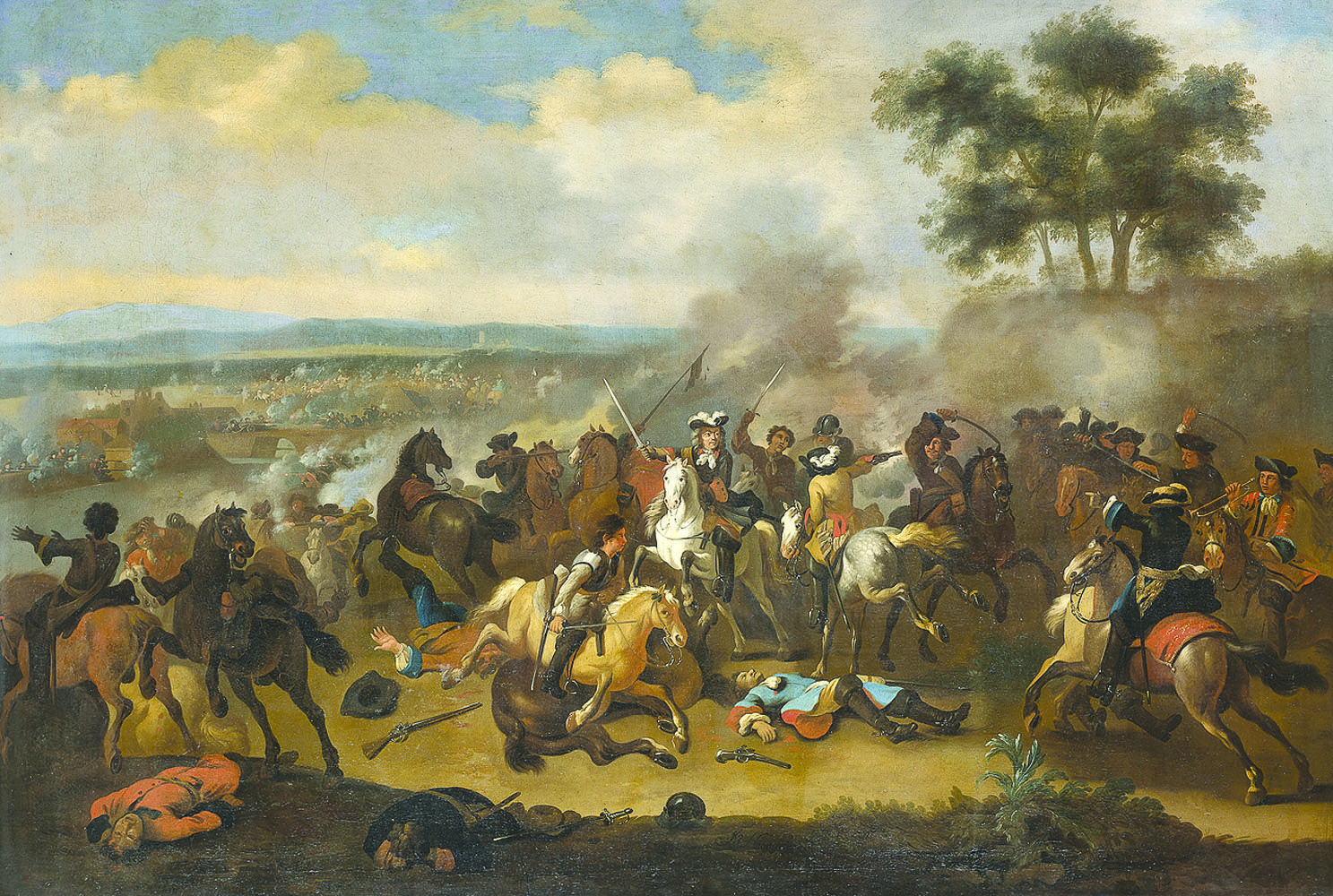
There’s a memorial to the Americans who fought and died here. It’s not some plinth or statue, but rather a Sherman tank. Last year, on a family visit to Ireland, Kinsale prompted consideration of the 1601 siege and battle, as well as all the present day attractions: pubs, coffee shops, gift and book shops.
And then there was Culloden in Scotland, this during a sidestep on that trip The battlefield site of Culloden Moor lies a few miles outside Inverness. If you ignore the impressive visitor center and parking lot the moor seems not unlike what it might have been on April 16, 1746 when the Jacobite army of Charles Edward Stuart, Bonnie Prince Charlie, charged the cannon and muskets of the British army under the command of the Duke of Cumberland.
The battle would be the last hurrah for independence-minded highland and island Gallic and Catholic Scotland. It would also be the last pitched battle on the island that is home to Scotland, England and Wales. The battle of Culloden lasted but a blood-soaked hour. The Jacobite army, divided into units composed of individual clans, lost between 1,500 and 2000 killed and wounded.
The Redcoat ranks suffered about 300 killed and wounded. It was pretty much the end of Scotland’s bid for independence until the arrival of present day Scottish nationalism - made manifest at the ballot box. But stand on the boggy ground of Culloden Moor, close your eyes, let your imagination go to work and you can still hear the battle cries of those kilted clansmen charging into the blizzard of shot and shell.
Oldbridge House serves as the visitor center for the Battle of the Boyne site.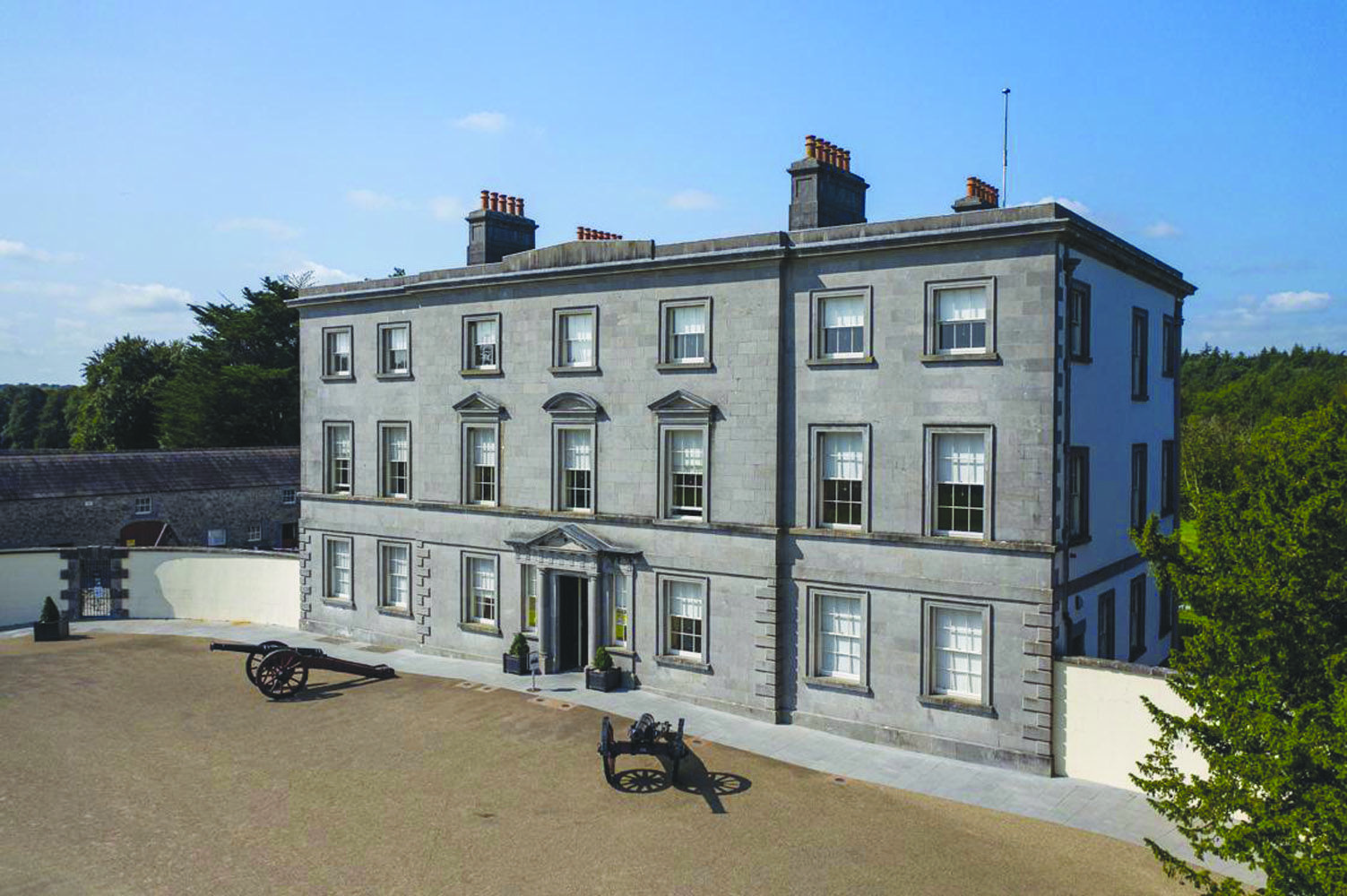
Many of them were armed with just pikes and claymore swords in what would be a picture repeated during the 1798 Rebellion in Ireland 52 years later. The battlefield at Culloden Moor is dotted with small headstones and cairns with the names of clans etched into them. Visitors leave flowers and coins in tribute to a fallen Scotland – but not a forgotten Scotland.
Culloden might have lasted an hour, but the memory of it has persisted over the centuries since the last muskets went silent. This one isn’t fully over yet. Some defeats boost the spirit of resistance far more than victories. If you were looking for an Irish equivalent to Culloden, travel back almost 150 years earlier to Kinsale in County Cork, and the siege/battle which commenced in the closing months of 1601.
Elizabeth I was still on the English throne and the 1588 Spanish Armada (there were actually two more, equally ill-fated, that followed number one) was settling into the ooze at the bottom of a number of seas, channels, bays and the Atlantic Ocean. Kinsale was the last fling of the dice for Gaelic Ireland. The Irish and their Spanish allies, led by the two Hughs, O’Neill and O’Donnell, were fighting to free their island from an English rule that had been steadily expanding in the final years of the previous century.
This engagement, then, was a double encounter: Ireland versus England, and Spain versus England. It was also double duty for the Irish. Irishmen fought on both sides. Unlike Culloden, the opposing forces at Kinsale were a rough match in numbers and arms. As much as anything, it was a decision by Hugh O’Neill to pull back to new ground at one point that gave the English forces the initiative.
English cavalry tactics proved crucial, and the English navy was able to pin Spanish forces in the town from the seaward side. As with Culloden, the result of Kinsale would lead to the end of the old Gaelic system of clans and clan chieftains.
The Scottish clans charging the British lines at Culloden. Painting by David Morier.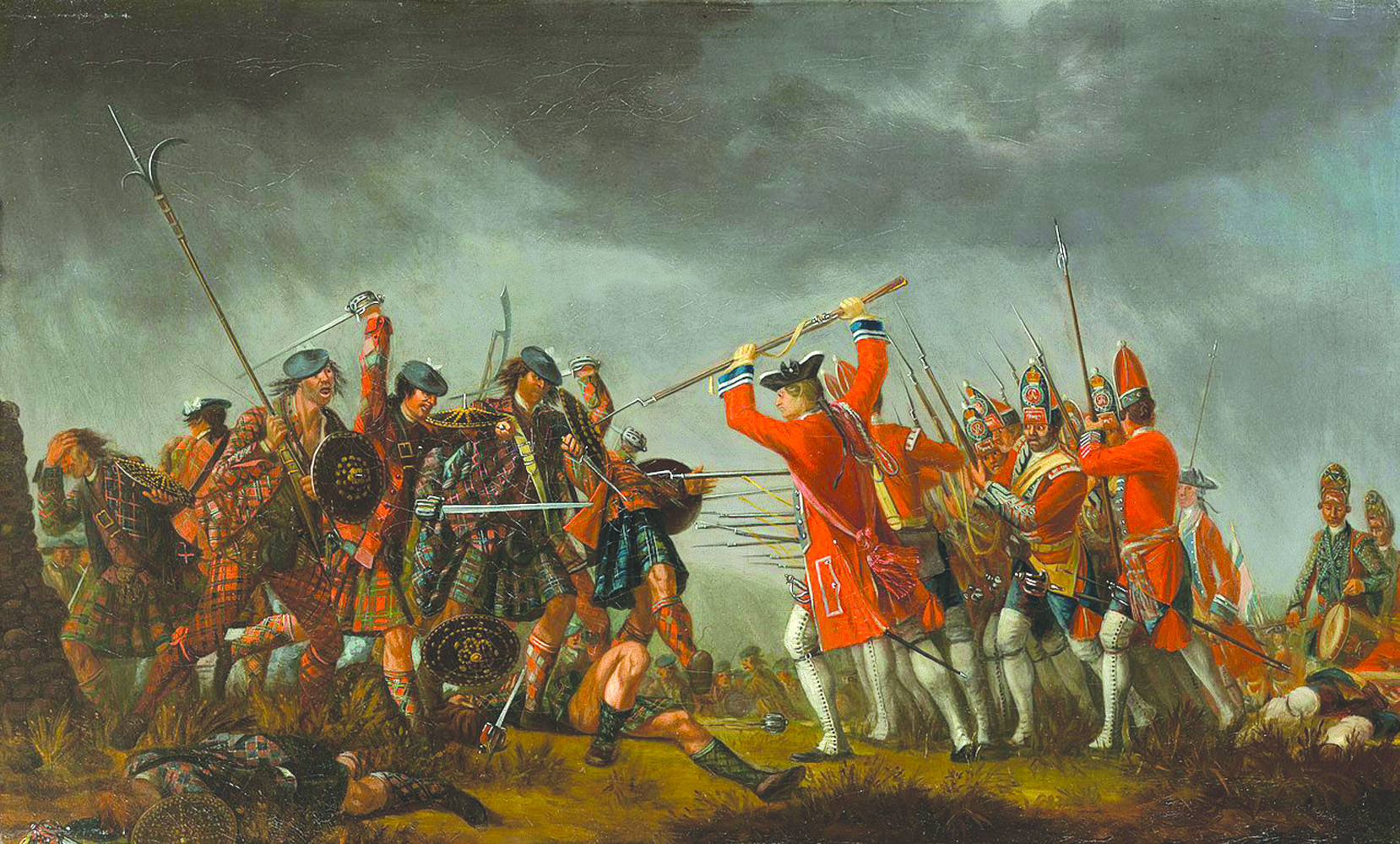
Soon after, there would be the Flight of the Earls, and, down the road a bit, the Plantation of Ulster. If Kinsale decided a future course for Irish history, the Battle of the Boyne would be a confirmation, a hard rubber stamp if you will. The largest battle ever fought on Irish soil was really a proxy fight between two non-Irishmen competing for the throne of England.
Militarily it was a mismatch, the force led by deposed King James II being mostly made up of inexperienced recruits. James fled to France. William III, who was married to Mary, James’s daughter, seated himself on the throne. The family feud element of the Boyne tends to be lost on the loyal orders, but there’s no doubt that the outcome fueled the already growing Protestant ascendancy in Ireland.
102 years before the Boyne, Spanish Armada number one wrote and wrecked itself into the history books. Some of the Armada drama took place off the coast of Ireland, and the part of it that occurred specifically off County Sligo will be considered when Armada experts from across Europe will converge on Sligo, May 24-25, for the Spanish Armada TIDE International Conference.
The conference, titled “Turning the Tide - revealing the past through new eyes,” will feature speakers from Spain, Ireland, the UK, France and Portugal. All will deliver insights on a range of topics from Armada history to other maritime links between Spain and Ireland.
By the late 17th century Charles Fort would be strongly guarding the entrance to Kinsale Harbor. Photo by Ray O’Hanlon.
Fionnbarr Moore, who led the Underwater Archaeology Unit when the wrecks were rediscovered in 2015, will speak at the conference.
As new material is published and discussed, the conference will also hear of the fate of Armada prisoners, 3,000 of whom were captured, as well as documentation which provides new insights on the Armada story, along with other interesting topics like how the Armada soldiers and sailors faced enormous challenges to stay alive even after the conflict with England had ended.
In addition, according to a pre-conference relese, broader themes will include a study of the pirate queen Grace O'Malley (Granuaile), who lived at the time of the Armada, as well as a focus on the aftermath of the Flight of the Earls, with a particular focus on the O'Donnell clan, whose path to Spain and Portugal resulted in their establishing military connections in both countries that last to the present day.
And those attending the conference will hear of centuries of naval expeditions between Spain and Ireland, and the possible DNA links between the countries.
“And the conference will provide insights into the modern museum experience and how we expect to engage with our history into the future. This will include a lecture on virtual and augmented reality, and a new Spanish Armada diorama of the Streedagh wreck site will also be unveiled."
Often the fiercest battles are fought in the most tranquil of settings, in this instance the River Boyne.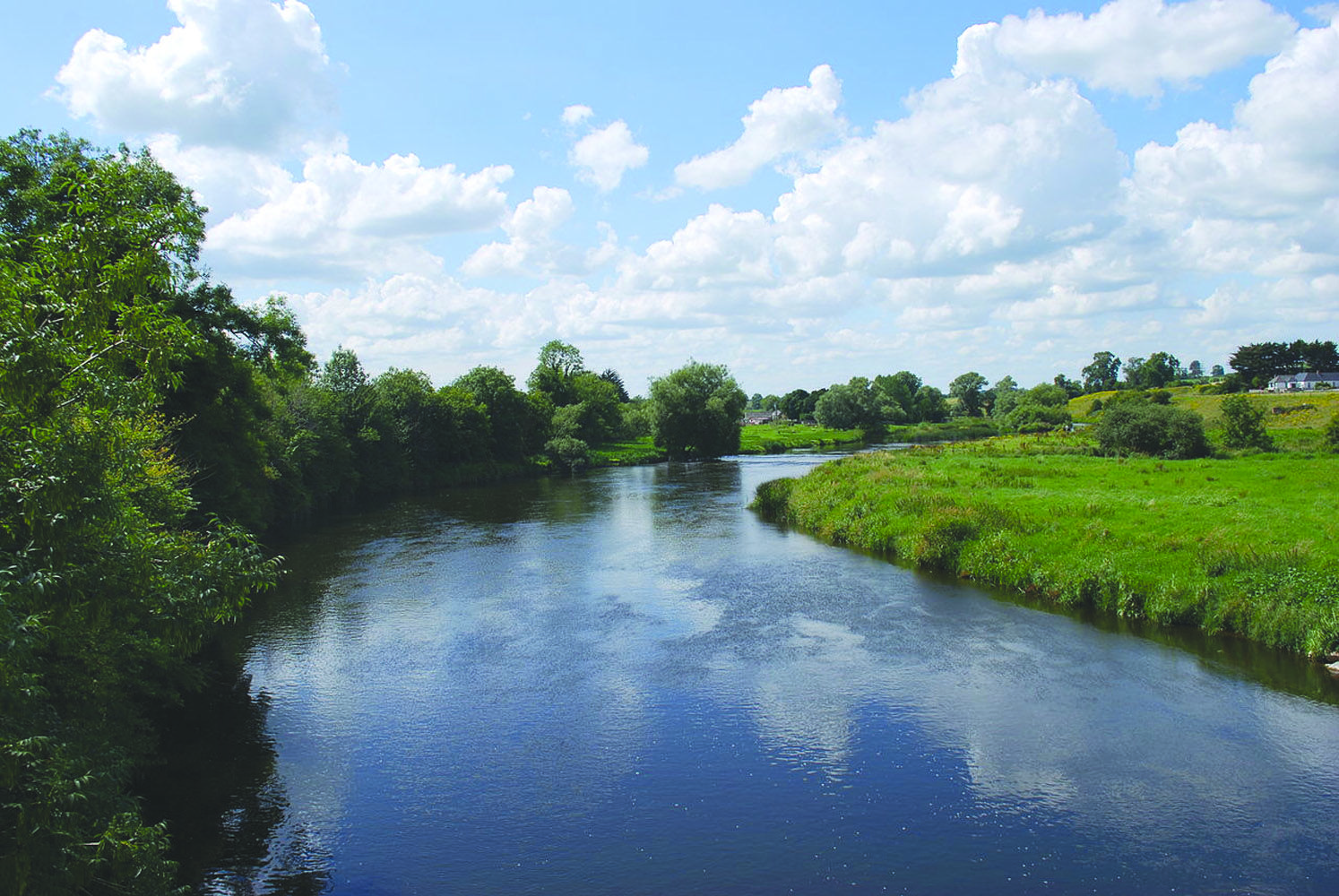
The Sligo conference is a reminder – as if we really needed one – that history is not only always with us, but can be viewed, after the passage of time, through a different lens, and absent the conflicts and enmities of the past. This is true in the context of even the most bitter and hard fought battles of years and centuries past. More on the Sligo conference at www.spanisharmadaireland.com.

